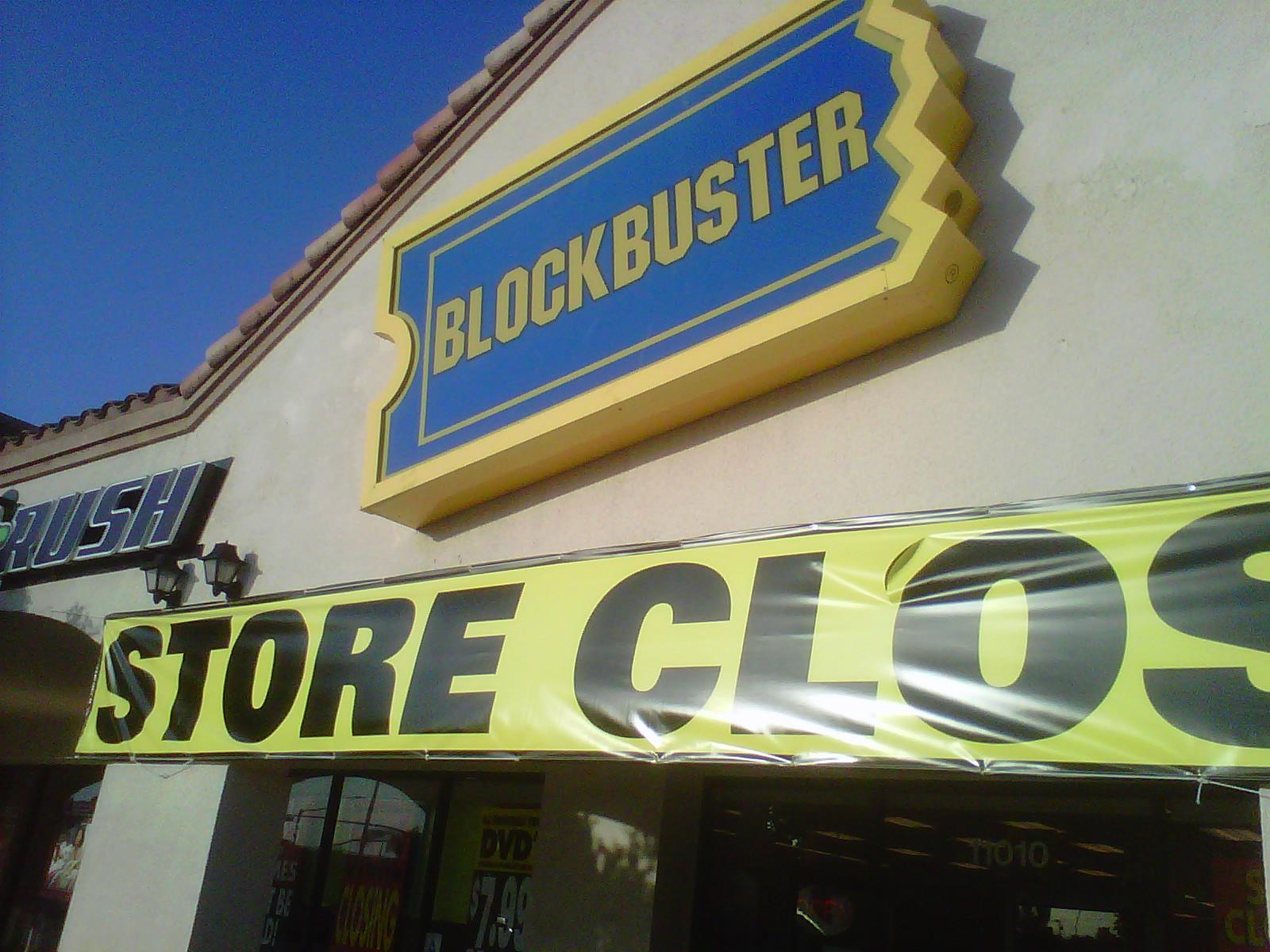HMV is the latest casualty in this crisis and the biggest since Woolworths closed its doors. The demise of HMV although it has been probably helped by the current crises can be linked to a number of other reasons.
Basically the chain has been very slow to react to changes in customer wants. Less people were demanding physical copies of cds and dvd. In todays digital era, people are choosing to download music and movies so the brick and mortar formula was out dated.
Another issue that affected HMV might have been the lack of direction. It is very difficult and time consuming to change the product focus of a successful store and HMV has just run out of time. There could have been a number of other opportunities which HMV could have worked on, including partnering with famous artists and produce clothing wear, become sole retailer of a number of upcoming gadgets etc. However this could now be history.
All this things have led the 92-year-old music store to become the latest high street casualty. Unfortunately as in other cases, those most hit are it's own employees (4,350 jobs are at risk if the chain closes) and it's smaller share holders who saw their share price drop from 274p in 2005 to less than 2p yesterday.
.
This puts more pressure on the economy as these lost jobs are added up to the jobs lost in the recent collapses of camera trader Jessops and electrical
retailer Comet that together cost more than 8,000 jobs.
According to different sources, the appointed administrators will keep the profitable “core” of stores operating. However, bad news might be on it's way for customers who have bought gift cards or have received them this Christmas as it is understood that HMV has emailed all stores telling staff not to accept gift
cards.

